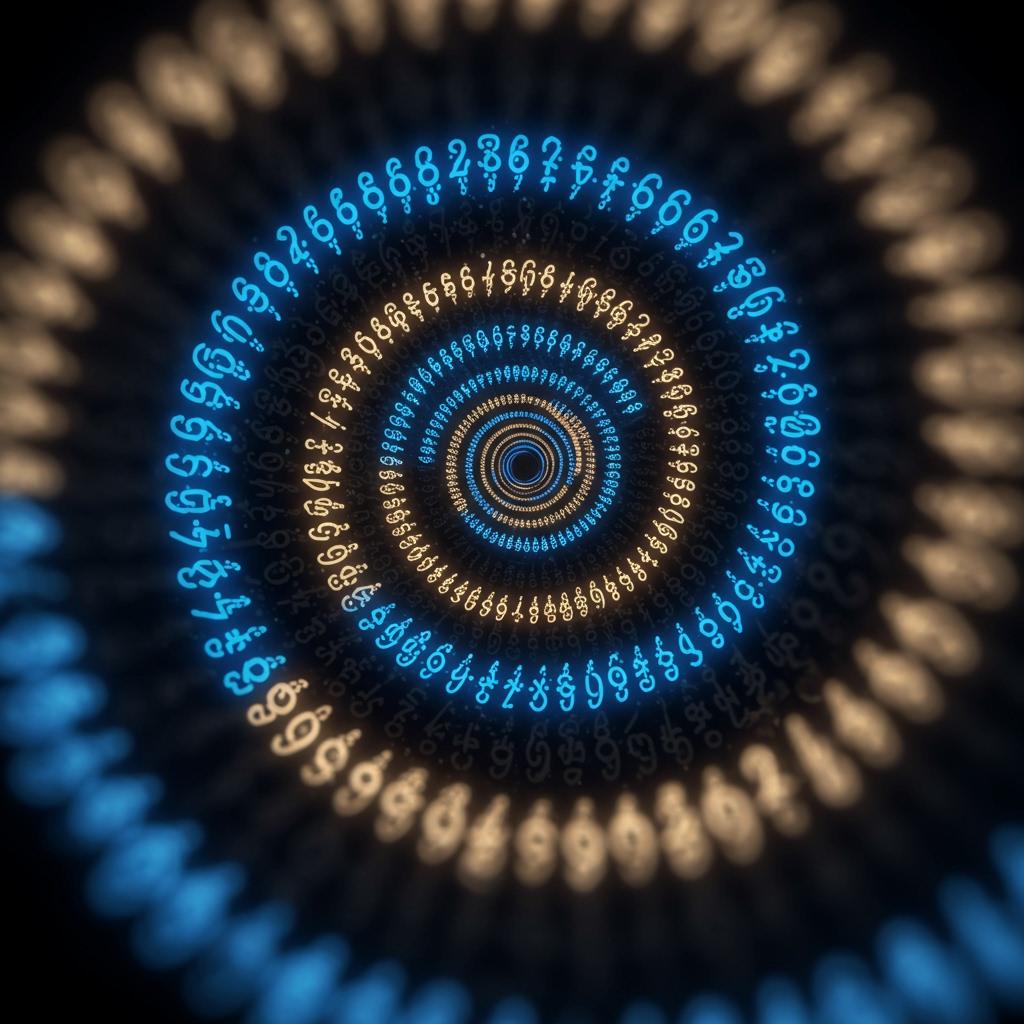The infinite mystery of prime numbers
 Prime numbers are the building blocks of all numbers, stretching into infinity without a clear pattern.
Prime numbers are the building blocks of all numbers, stretching into infinity without a clear pattern.
By Peter Teoh, Science Writer
Have you ever wondered which numbers are special enough to be called prime? Prime numbers are like the atoms of math — tiny, unique pieces that help build every other number. But despite their simple definition, they hold secrets that have puzzled mathematicians for thousands of years. Let’s dive into the fascinating world of prime numbers and explore why they’re an infinite mystery.
What Are Prime Numbers?
Prime numbers are whole numbers greater than 1 that can only be divided evenly by 1 and themselves. That means numbers like 2, 3, 5, and 7 are prime because no other number fits perfectly into them without leaving a remainder. For instance, 7 can only be divided by 1 and 7 — nothing else works.
One quirky thing: 2 is the only even prime number! Every other even number can be divided by 2, so they’re not prime. That makes 2 super special.
Why Are Prime Numbers So Important?
Prime numbers are the basic building blocks of all numbers. Every number you can think of can be made by multiplying prime numbers together. For example, 12 breaks down into 2 × 2 × 3. This is called the prime factorization.
Because of this, primes are like the “DNA” of numbers. Understanding them helps us understand how numbers work at the deepest level.
The Infinite Puzzle
One of the coolest things about prime numbers is that there are infinitely many of them — they never stop! Mathematicians proved this more than two thousand years ago, but what we don’t know is if there’s a pattern to how primes appear. Sometimes prime numbers cluster close together, and sometimes they spread out far apart. But no one has discovered a simple rule that tells you exactly where the next prime will be.
This mystery has made primes the subject of intense study and even practical use. Today, prime numbers help keep your online information safe through encryption — the secret codes that protect passwords and credit card numbers.
Prime Numbers in the Real World
You might think primes are just math puzzles, but they have real-world superpowers. For example, the internet’s security relies on very large prime numbers to encode data so only the right people can read it. Banks, governments, and even your favorite apps use primes to keep data safe.
Why Keep Searching?
Despite centuries of study, prime numbers still surprise mathematicians. The quest to find patterns, understand their distribution, and discover new primes continues today with powerful computers and clever algorithms. Every new discovery opens more questions — making primes an endless adventure.
Ready to Explore?
Next time you see a number, ask yourself: is it prime? Can it unlock a deeper secret? The infinite mystery of prime numbers is waiting for curious minds like yours to explore!
Side Notes
- Not Prime: The number 1 is not considered prime because it only has one factor (itself).
- Composite Numbers: Numbers with more than two factors, like 4 or 6, are called composite numbers.
- Twin Primes: Primes that come in pairs just two numbers apart, like 11 and 13, are called twin primes — and mathematicians wonder if there are infinitely many of these too!
Trending Sidebar
- Biggest Known Prime: Scientists recently found a prime with over 24 million digits!
- Prime in Pop Culture: Prime numbers appear in music, art, and even cryptic puzzles.
- Math Challenges: Many online games and apps let you practice spotting primes and learn their secrets.
Explore, experiment, and who knows — maybe you’ll help solve one of math’s greatest mysteries!